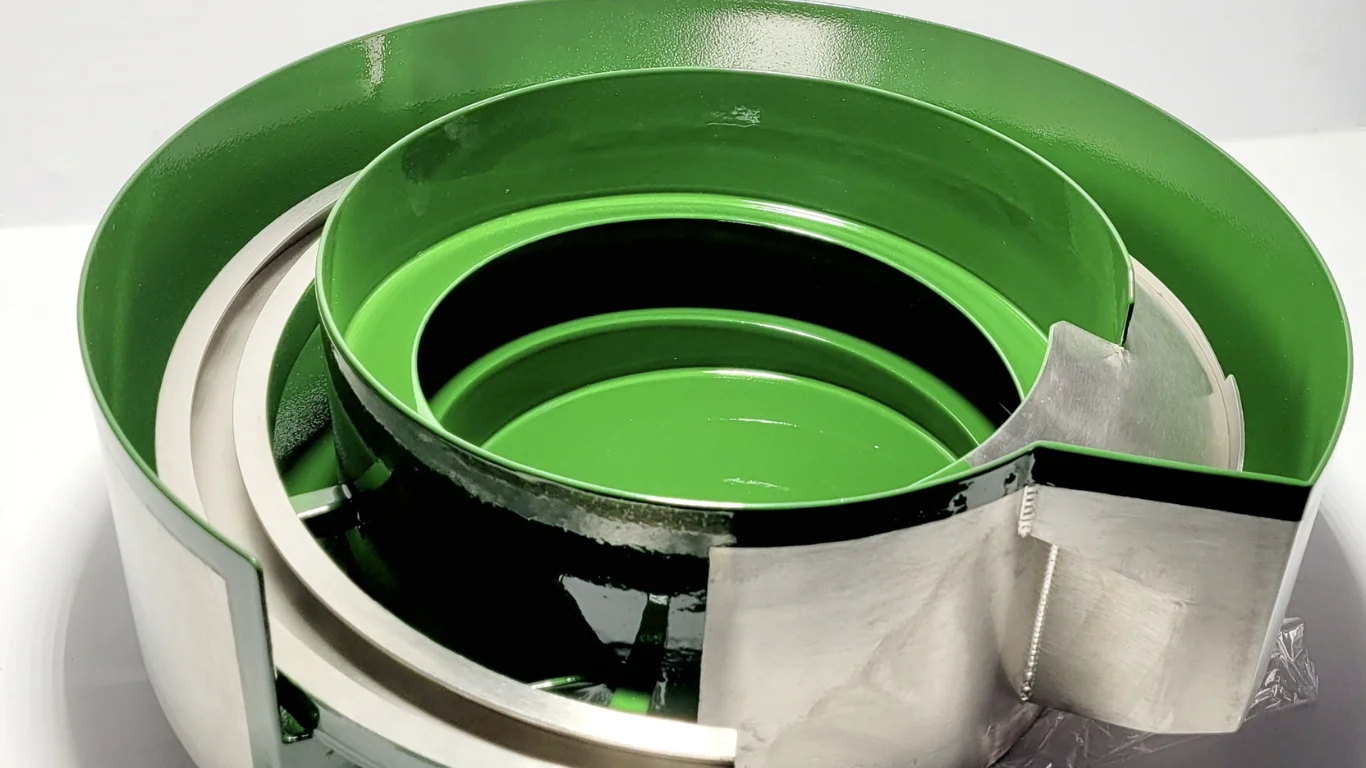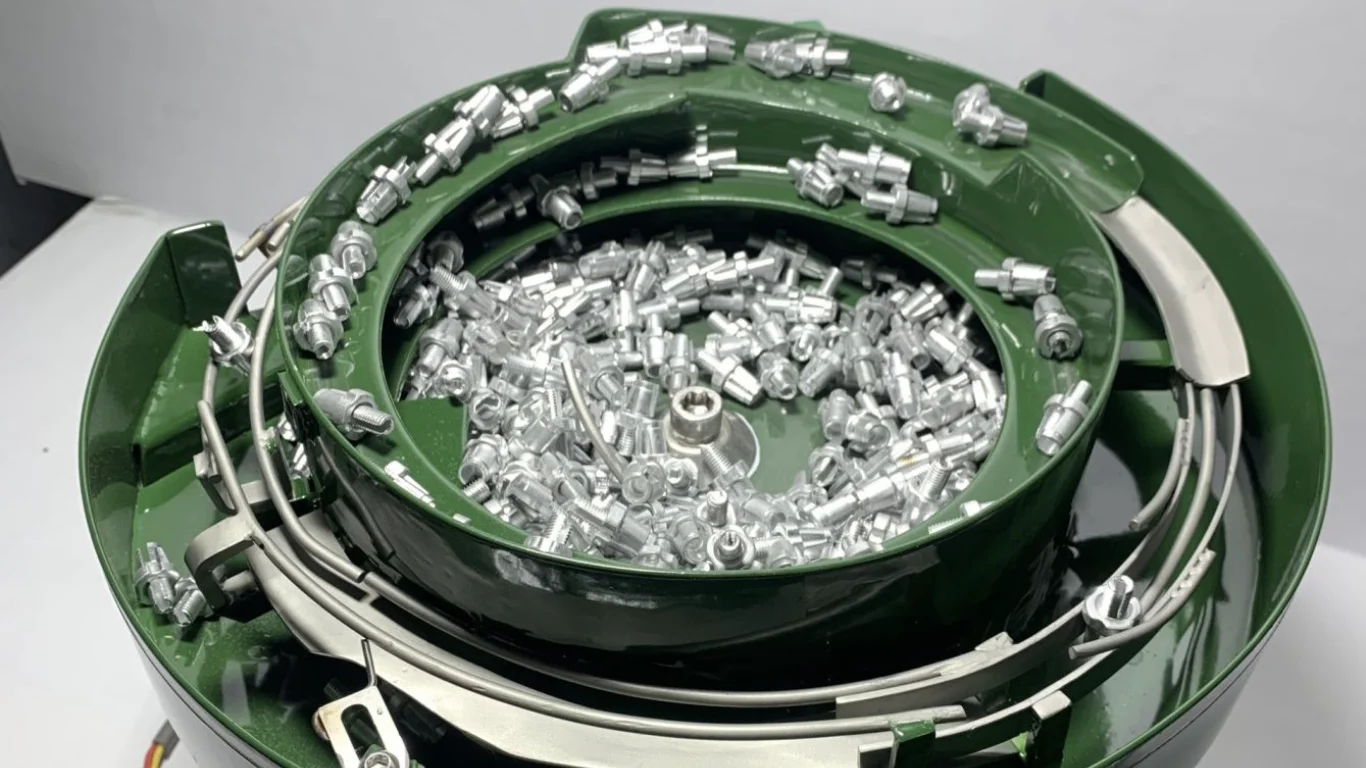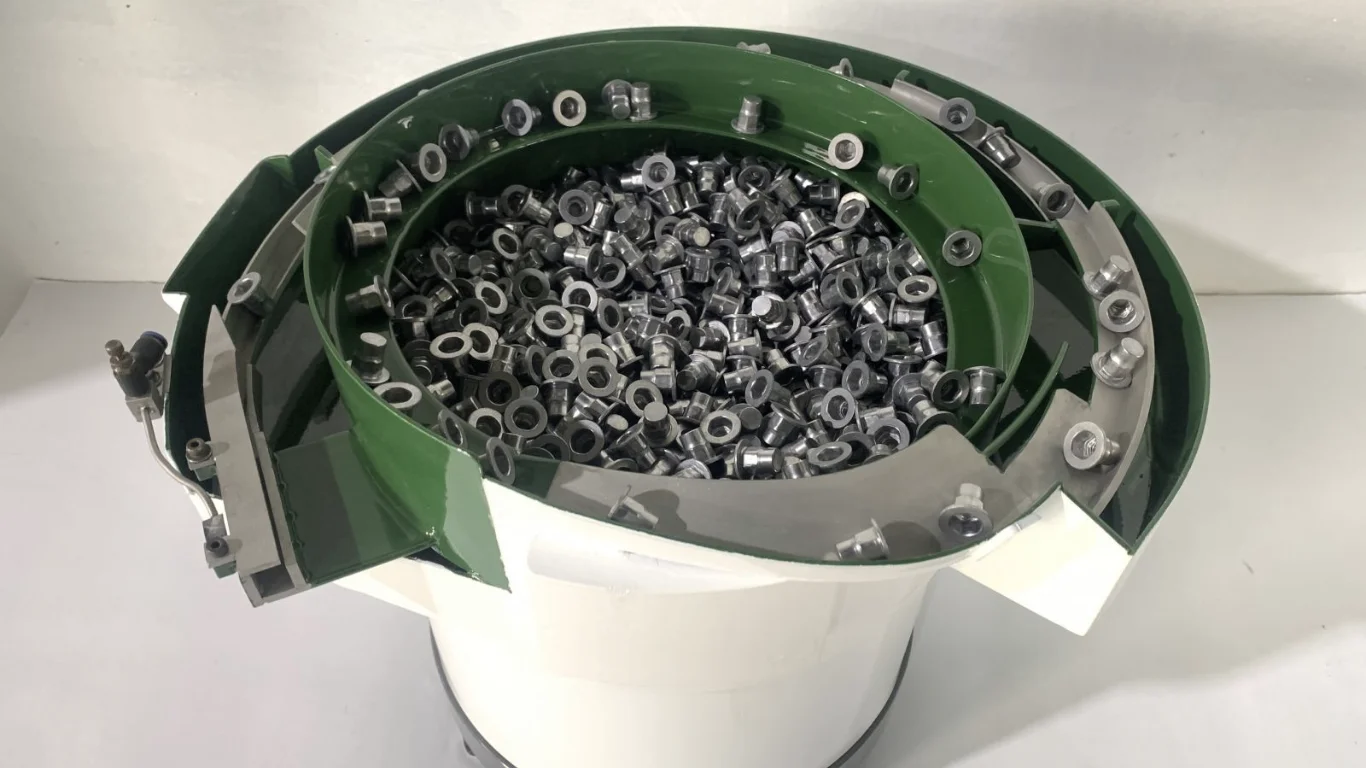In the industrial revolution 4.0, production automation is becoming a key factor to improve productivity and efficiency. And playing an important role in this process is automatic feederThis device not only helps to free up labor but also ensures accuracy and stability for the production line.
This article, SWOER will give you an overview of automatic feeders, classify common types of machines, and offer useful advice to help you choose the equipment that best suits your production needs.
What is an automatic feeder?
Embryo
A blank (or raw material) is the starting material used in manufacturing to create a finished product. A blank can be in the form of metal sheet, steel bar, plastic sheet, or other materials. They are machined, cut, molded or treated by various methods to create the desired product.
Automatic feeder
Automatic feeder is a system designed to automation the process of supplying workpieces to machines or production lines. This system may include conveyors, robots, automated equipment or intelligent control systems, which help pick up, move and place the embryo into place without human intervention.

Structure of automatic feeder
Automatic feeder is a complex system, combined from many different parts to perform the function of feeding accurately and effectively. The structure of a typical automatic feeder is as follows:
Feeding system
1. Vibrating funnel
- Role: The main part of the machine, responsible for containing and classifying workpieces.
- How it works: The vibrating hopper creates oscillations that move the embryos in a spiral path. At the same time, traps remove unqualified embryos.
2. Conveyor
- Role: Transporting blanks from the vibrating hopper to the next positions in the production line.
- Types of conveyor belts:
– Roller conveyor (used for hard, smooth-surfaced workpieces).
– Belt conveyor (suitable for many types of workpieces, flexible operation).
– Vibrating conveyor (optimized for small parts that require precise orientation).
Orientation and classification system
1. Trap
- Specially designed to remove workpieces that are not oriented, sized or shaped correctly.
- Operates on mechanical or sensor principles.
2. Sensor
- Role: Detect the position, orientation, size and other properties of the workpiece.
- Operation: Transmits information to the control system to adjust machine operation.
Control system
1. PLC (Programmable Logic Controller)
- Acts as the “brain” of the automatic feeder.
- Control all operations based on information from sensors and pre-programmed programs.
2. HMI (Human-Machine Interface)
- Allows the operator to monitor, control and adjust machine parameters.
Drive system
1. Motor
- Powering moving parts:
- Vibration motor controls vibrating hopper.
- Conveyor motor helps conveyor operate stably.
2. Cylinder
- Perform linear movements such as:
- Pushing and clamping workpieces.
- Raise and lower the vibrating hopper.

Classification of automatic feeder
Automatic feeders are classified based on many different criteria, helping users easily choose the machine that suits their production needs.
By feeding method:
- Vibrating feeder: Use vibrating hopper to classify and orient the workpiece. The advantages are high productivity, good precision, suitable for many types of workpieces.
- Conveyor belt feeder: Use conveyor (roller, belt, vibration) to transport the workpiece. The advantage is simple structure, easy to operate, suitable for large-sized workpieces.
- Robotic feeder: Using robots to meet and place the workpiece in the desired position. The advantages are flexibility, precision, and the ability to handle complex workpieces, but the investment cost is high.
By application:
- Feeder for electronic components: Compact, precise, anti-static design, suitable for sensitive electronic components.
- Feeder for food industry: The manufacturing materials meet food hygiene and safety standards and are easy to clean.
- Preform feeder for pharmaceutical industry: High precision, ensuring hygiene, avoiding cross-contamination between drugs.
- Feeding machine for automobile manufacturing industry: High productivity, withstands heavy loads, suitable for mechanical parts.
By type of embryo:
- Granular feeder: Suitable for grains such as rice, beans, cereals...
- Powder feeder: Suitable for powders such as flour, cement, metal powder...
- Block feeder: Suitable for block shaped parts such as screws, bolts, mechanical components...

| Criteria | Vibrating feeder | Conveyor belt feeder | Robotic feeder |
Method | Vibrating funnel | Conveyor | Robot |
| Productivity | High | Medium | High |
Accuracy | High | Medium | Very high |
| Flexible | High | Short | Very high |
Expense | Medium | Short | High |
| Application | Electronic components, screws, small parts | Large details, simple shapes | Complex details, high precision required |
Advantage | High productivity, precision, flexibility | Simple structure, easy to operate | Flexible, precise, highly automated |
| Disadvantages | Takes up space, can be noisy | Low productivity, limited accuracy | High cost, requires technical operation |
Advantages and disadvantages of automatic feeder
Automatic feeders bring many benefits to businesses, but there are also certain limitations.
Advantage | Limit |
|
|
5 things to keep in mind when choosing an automatic feeder
Investing in an automatic feeder is an important decision that affects the production efficiency and costs of the business. To choose the right equipment, you need to carefully consider the following factors:
1. Identify needs
- Type of blank: Clearly identify the type of workpiece to be fed (granular, powder, block), size, shape, weight, friction, adhesion, etc. to choose a machine with the appropriate structure and operating principle.
- Required capacity: Estimate the number of blanks needed to be fed in a unit of time to select a machine with the required capacity.
- Working environment: Consider environmental factors such as temperature, humidity, and dust to choose a machine that can operate stably in those conditions.
- Budget: Determine the investment budget for the feeder, including the cost of purchasing the machine, installation, operation and maintenance.
2. Choose a reputable supplier
- Experience, capacity: Choose a supplier with experience in the field of automation and a team of professional technicians.
- Product and service quality: Learn about the product quality, consulting, installation and maintenance services of the supplier.
- Warranty and after-sales service: Pay attention to warranty and after-sales service.
3. Technical inspection
- Specifications: Carefully consider the machine's specifications such as productivity, accuracy, size, capacity, etc.
- Features: Make sure the machine has all the features needed for production needs.
- Compatibility: Check machine compatibility with existing production line.
4. Testing
- Demo request: Ask the supplier to demo the machine in action.
- Real-world testing: If possible, test the machine with actual workpieces to evaluate performance.
5. Other notes
- Operation and maintenance costs: Calculate electricity costs, maintenance, machine repair.
- Operational training: Require supplier to train machine operators.
- Labor safety: Ensure that the machine is installed and operated safely, in compliance with occupational safety regulations.

Conclude
Automatic feeders play an important role in automating production, helping businesses improve productivity, efficiency and accuracy. Choosing the right feeder for your production needs is a key factor in optimizing investment and operational efficiency. If you need more information or detailed advice, do not hesitate to contact us. SWOERWe are proud to be a leading provider of automation solutions, with a team of experienced experts, ready to assist you in choosing the optimal equipment for your business!
Contact us
Please let us know your material size and required speed.
